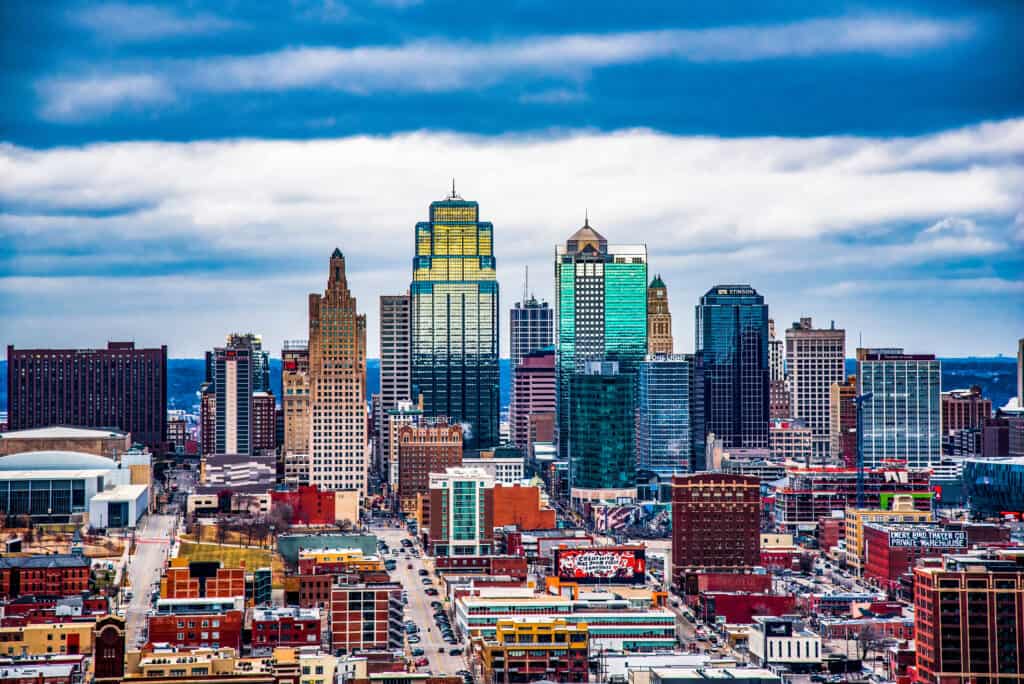

Planning a visit to downtown Kansas City, Missouri and wondering what all you need to know?
Don’t fret – us Kansas City locals are here to help you out!
We put together this downtown guide that mainly focuses on the areas that are most interesting to visitors.
As locals, we asked ourselves, what would we want to know if we were in town for a visit? And the expert insights shared here is what we came up with.
We know you’ll come to love Kansas City as much as we do – our suggestions will help guide you to the best that our city has to offer.
In this guide, we’re covering some main points to know about downtown as well as an overview of the neighborhoods you might want to spend time in. Be sure to check out our other guides that cover additional topics about Kansas City!
We all know how a hotel experience can make or break a trip. Make sure you have the best visit possible – check out our downtown hotel suggestions!
Technically, if you ask city planners, they’ll tell you the “Greater Downtown Kansas City” area is pretty expansive.
If you ask locals, most of them – including us – will say that downtown starts at the Missouri river in the River Market neighborhood and spans south to the Liberty Memorial. This distance is about three miles.
For the purposes of this guide, we are focusing on that portion of downtown.
While downtown is largely associated with businesses and entertainment districts, it has actually become the fastest-growing residential neighborhood in the entire region.
That is mostly thanks to Millennials – they take up the most residential space downtown.
We all know millennials like a good craft brewery and trendy haunts, so you’ll find plenty of those throughout the downtown neighborhoods.
Downtown Kansas City is vibrant with much to see – in fact, it would be difficult to experience all that it has to offer in just one visit.
It hasn’t always been this way.
As locals, we remember a time when there wasn’t much to see downtown other than the corporate business offices. Fortunately, that is no longer the case as there has been a revitalization happening over the last twenty years.
So yes, downtown is absolutely worth visiting!
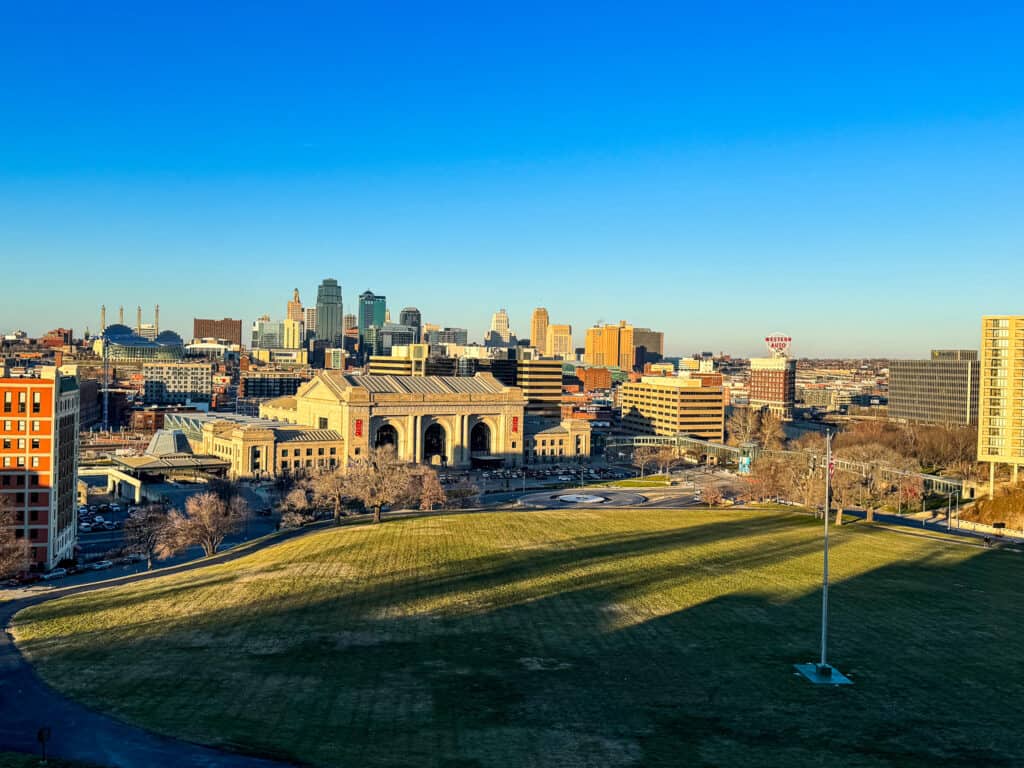
If you plan to stay downtown, it’s possible to get by without a car, as long as you don’t intend to visit midtown neighborhoods, like Country Club Plaza or Westport. And that’s because of the KC Streetcar, which opened in 2016.
The KC Streetcar runs from River Market south to Union Station along Main Street.
In total, it spans two miles, which encompasses most of downtown. There are sixteen platform stops with streetcars arriving every 10 – 15 minutes, allowing riders to easily visit each neighborhood in downtown.
The best part about the KC Streetcar? It is free!
KC Streetcar Hours
In this section, we’re highlighting the main downtown neighborhoods – you can read what each offers and decide where you want to spend your time.
We’re covering these neighborhoods in order from north where the river separates Kansas City from North Kansas City to the southern section of downtown, before it becomes midtown.
The beginning of Kansas City – or the Town of Kansas as it was initially named – began at River Market. Because of that, this is one of the more historic downtown neighborhoods.
River Market is best known for the City Market, which dates back to 1857 and features pavilions with a farmer’s market, specialty grocers, global food stalls, and vintage/indie boutiques.
Beyond City Market are historic brick walkways lined with several local restaurants and shops.
There’s the Berkley Riverfront Park with broad paths for strolling or biking along the Missouri River.
And the Arabia Steamboat Museum, which houses artifacts salvaged from the Arabia, a steamboat that sank in the Missouri River in 1856.
If you’re visiting on a Saturday or Sunday, River Market is an ideal way to spend the morning or early afternoon.
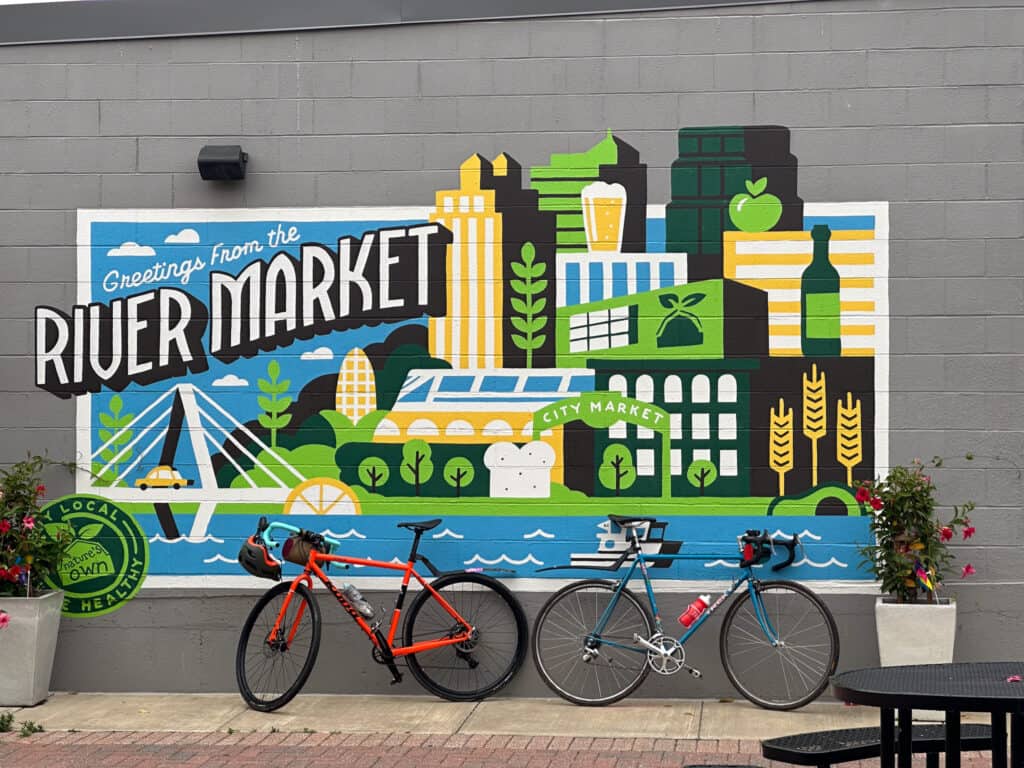
The West Bottoms has served many purposes throughout the years, from the original central market in the early 1800’s to cattle stockyards – at the time, the second largest in the nation – and finally, the city’s industrial center.
As industry needs changed, so did the neighborhood. The buildings became vacant, falling into a state of disrepair.
Fortunately, there have since been revitalization efforts. The old warehouses have been salvaged and redone, housing nearly twenty stores – some spanning multiple stories – that feature antiques, vintage finds, refurbished furniture, and historic artifacts.
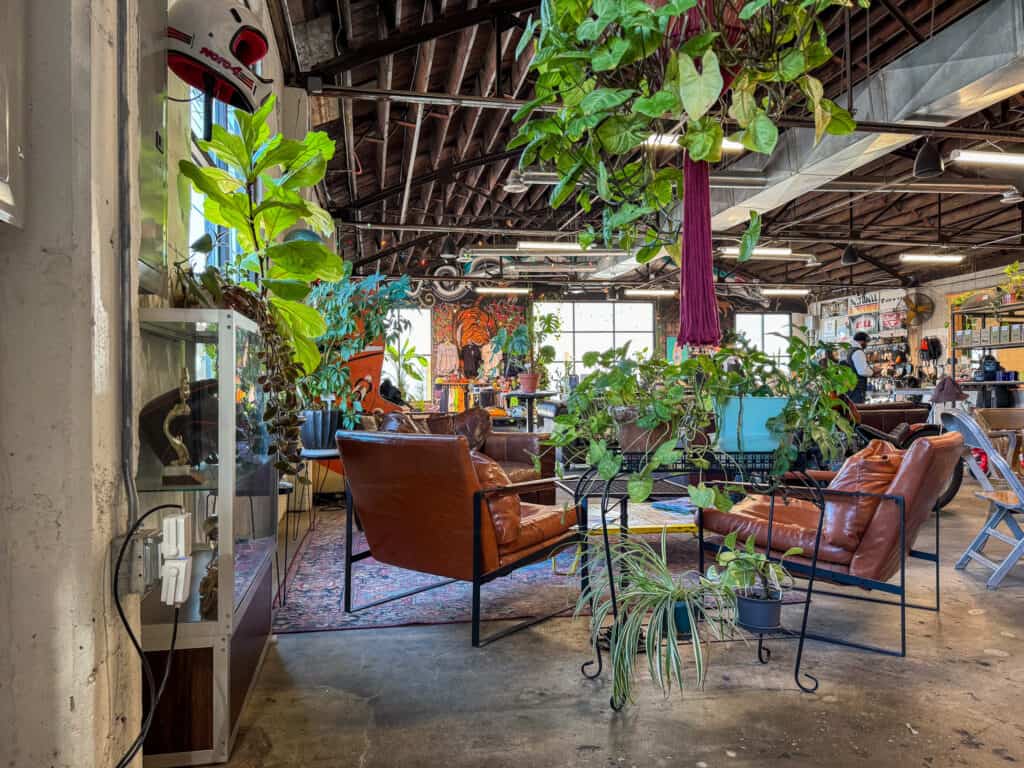
While several shops are open each weekend of the month, there are some that only open on First Friday weekends. The neighborhood becomes quite lively during this monthly tradition, and shoppers can expect food trucks, pop-up events, and live music.
In addition to the warehouses, you will find a microbrewery, distillery, coffee shops, contemporary art galleries, and local restaurants.
The area’s historic industrial vibe makes it a unique aspect of downtown.
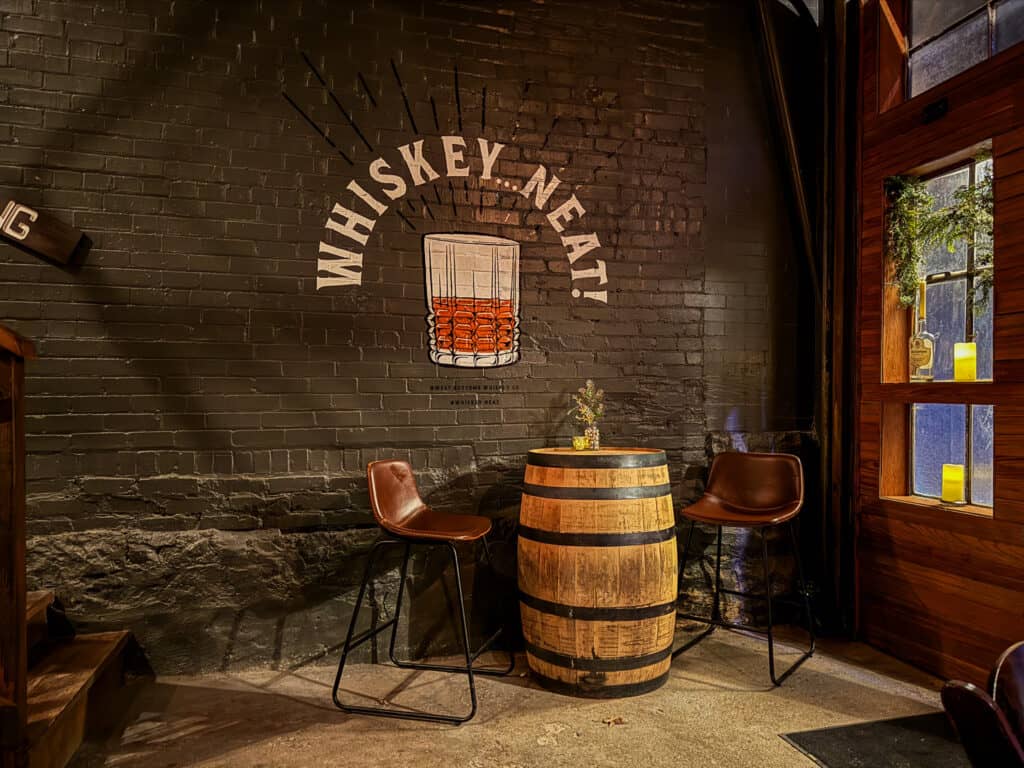
The Financial District is the core of Kansas City’s business community. You’ll find mostly skyscrapers that house corporate offices.
While these are technically distinct from one another, they are smaller neighborhoods downtown adjacent to one another, and from a visitor perspective, they offer similar vibes.
Quality Hill is a small residential neighborhood with a rich historical background. It features well-preserved architecture, offering a glimpse into the city’s past. It’s a quiet, elegant spot, perfect for those who appreciate scenic walks and historic ambiance.
The Garment District is a quiet section of downtown, but in the 1930s several large clothing manufacturers clustered here, making Kansas City’s garment district second only to New York City’s in size.
Today, it is mostly residential. To understand what it was like in the early 20th century, visit the Historic Garment District Museum.
The Library District is a cultural haven centered around the lovely Kansas City Public Library’s Central Library. The district is characterized by historic buildings which house storied restaurants and cafes along with modern lofts.
The main site of the area is, of course, the library itself. Originally a bank, the building is lovely and worth a visit to see the rooftop “historic cityscape” terrace, small art gallery, movie theater set inside the original vault, and other historic features.
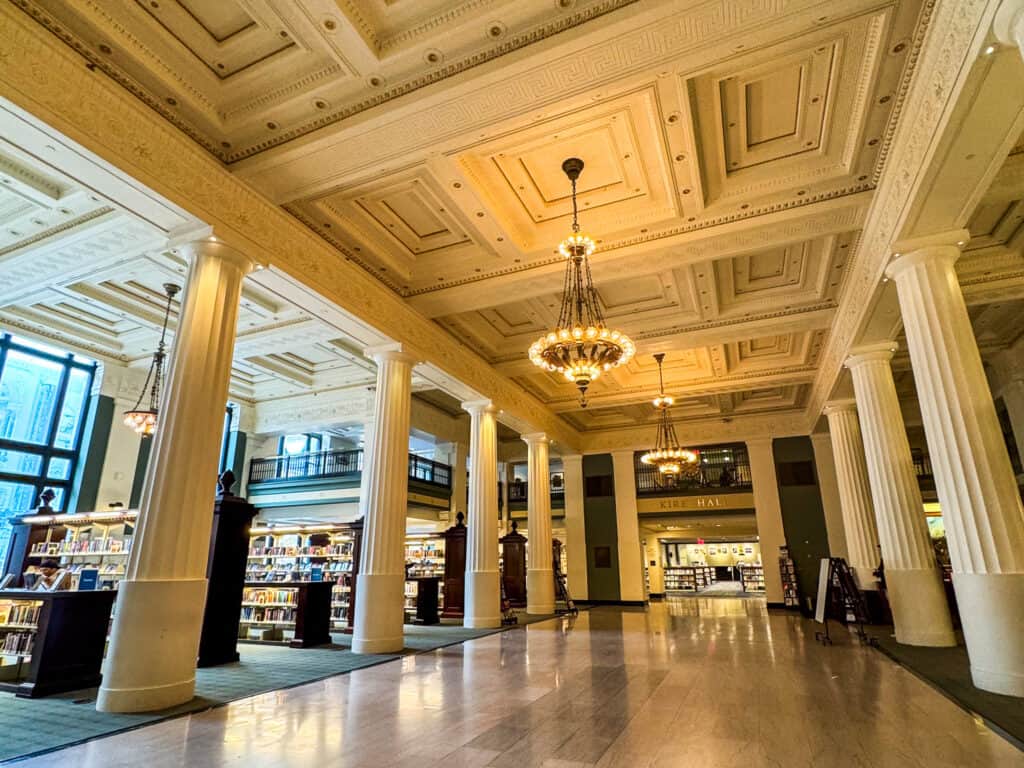
The Power & Light District – or as locals call it, P&L – is where you’ll find downtown Kansas City’s nightlife scene.
It’s an eight-block entertainment district with 50+ bars, restaurants, and shops, all centered around KC Live!, a covered outdoor space where locals and visitors alike gather to watch televised sporting events and live music.
Across the street is the city’s largest indoor events venue, the T-Mobile Center.
For basketball enthusiasts, a visit to The College Basketball Experience is a must.
If visiting local businesses is important to you, note that many of the dining and nightlife options in P&L are not locally owned.
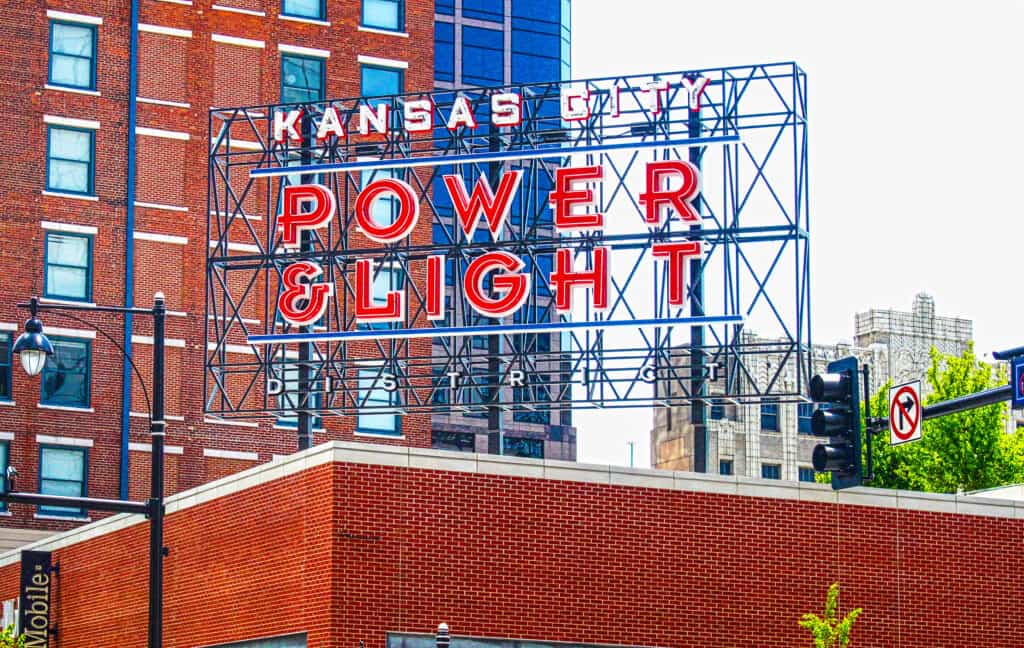
The Westside is a quiet neighborhood with a colorful blend of cultures, resulting in its modest yet eclectic dining scene, unique boutiques, and vibrant murals.
Strolling the quaint side streets, you’ll find that the neighborhood features both historic homes, mostly in the Victorian style, and trendy modern designs.
As you near Southwest Trafficway, you’ll find a thriving community of Mexican families, many of whom came to the area in the early 1900’s. If you’re looking for authentic Mexican restaurants and shops, this is where you’ll find it.
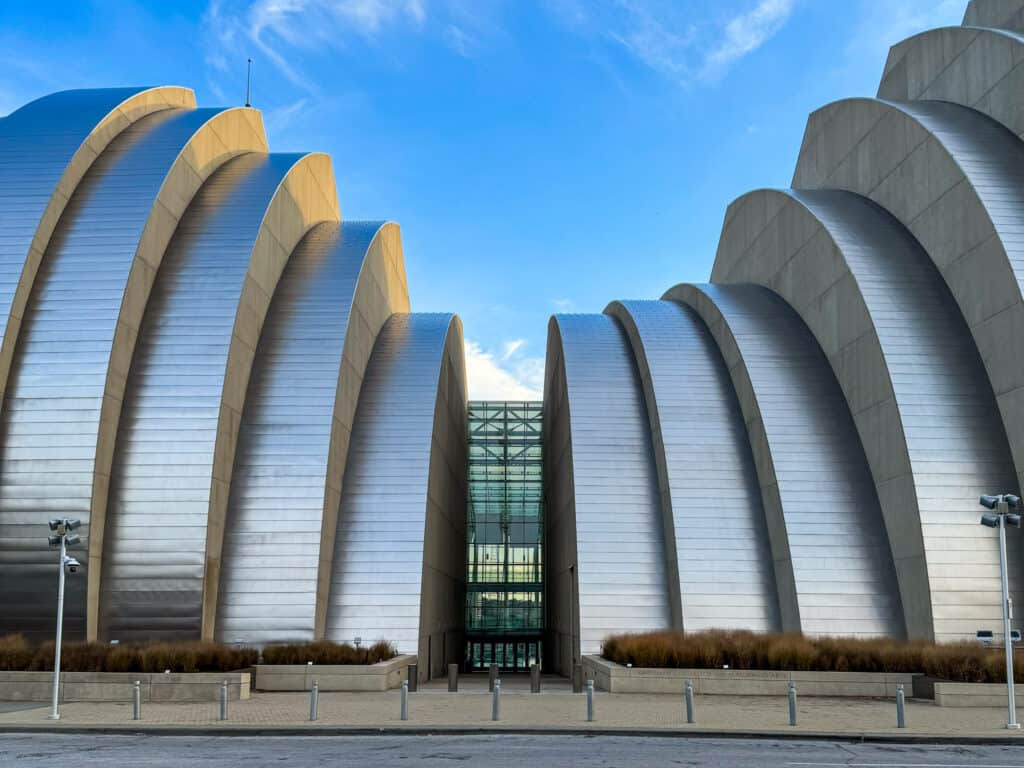
Westside is also home to the Kauffman Center for the Performing Arts, which houses the city’s symphony, opera, and ballet.
Another main feature of the Westside is Boulevard Brewing Company, Kansas City’s hometown brewery that has grown an expansive following since the first batch was brewed in 1980.
The 18th and Vine District is internationally recognized as a historic neighborhood where the soulful sounds of legendary musicians once filled the air, contributing to the city’s deep-rooted jazz legacy.
All these years later, the district continues to celebrate its rich African American cultural heritage. The American Jazz Museum and the Negro Leagues Baseball Museum are located here along with lounges and restaurants featuring live music.
In 2023, Vine Street Brewing opened and has since gained national attention for its exceptional brews. Additionally, it happens to be Missouri’s first black-owned brewery.
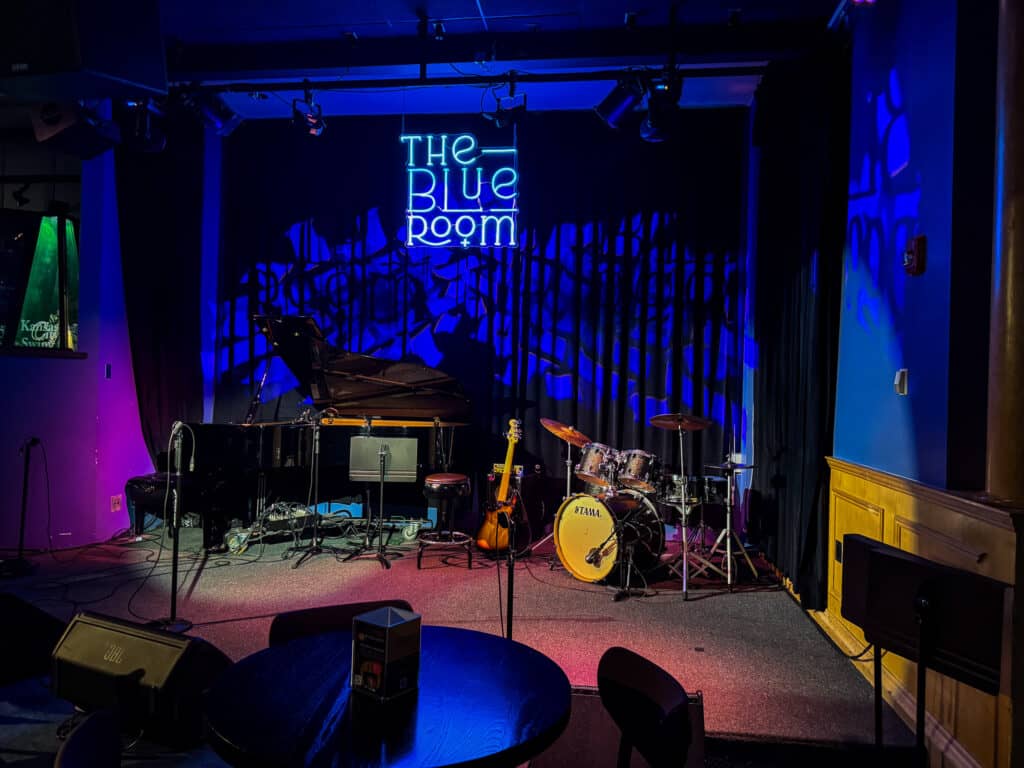
Known by locals simply as ‘The Crossroads,’ this district is where you’ll find the city’s vibrant culture and arts scene.
From its humble beginnings as an industrial warehouse district to its transformation into an artistic haven, the Crossroads is a testament to the power of community and creativity.
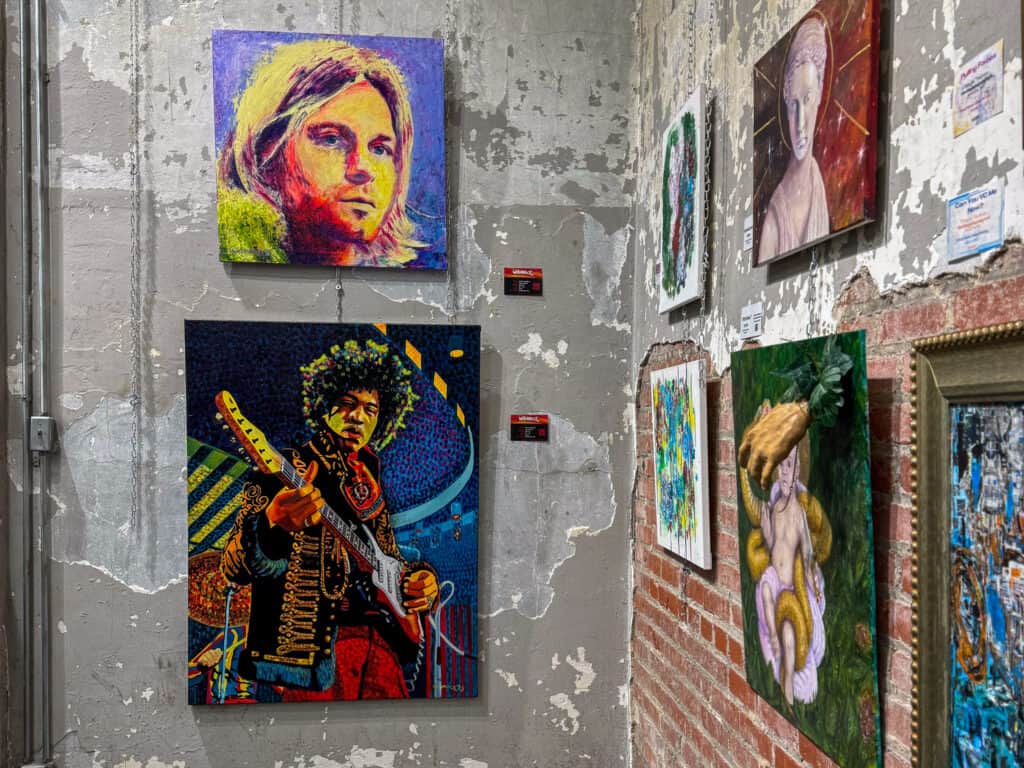
It offers an eclectic mix of galleries, studios, boutiques, and, notably, some of the most extraordinary dining experiences the city has to offer.
Strolling around Crossroads, you’ll pass by wall murals, several stories high, that paint stories of Kansas City’s history, cultural diversity, and artistic evolution.
Crossroads is sought after for its First Fridays, when art galleries open their doors to the public for extended hours and the streets are filled with live performances and local artisan craft booths.
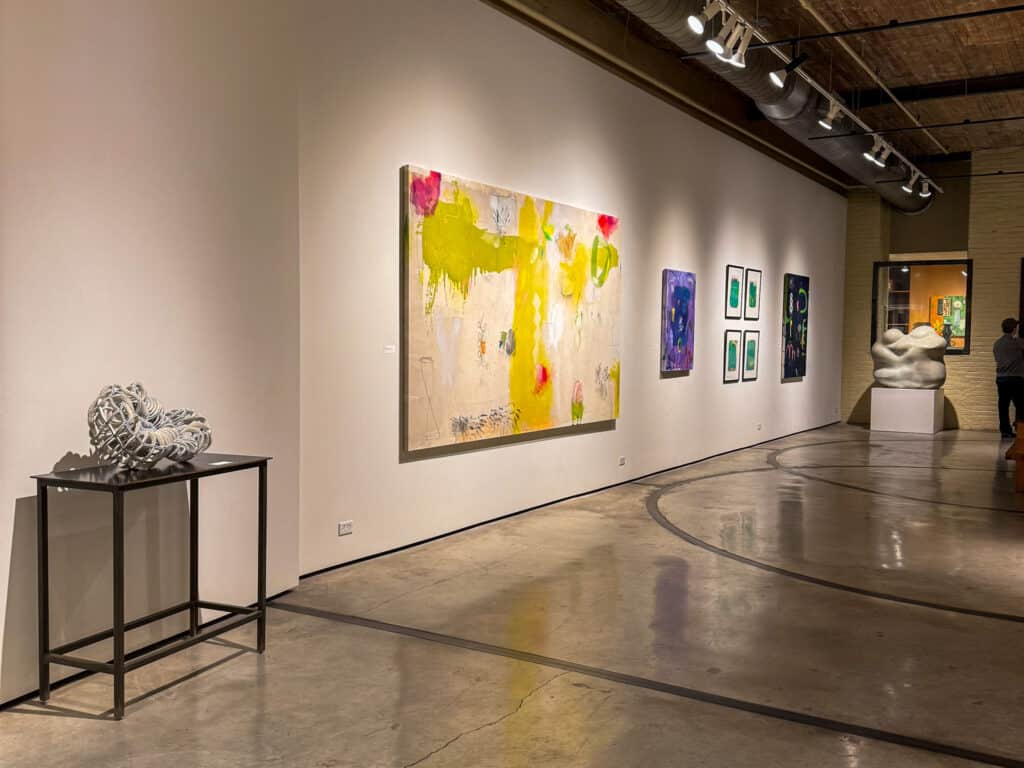
Driving on I-35 through Kansas City’s downtown, it’s hard to miss the newest addition to the city’s skyline: the KC Wheel at Pennway Point!
The KC Wheel and adjacent Pennway Putt is just the beginning of the Pennway Point entertainment district. In the coming years, this area will become a hub of excitement with additional attractions, including volleyball courts, ice skating, a neon museum, and a restaurant called the Wheel House.
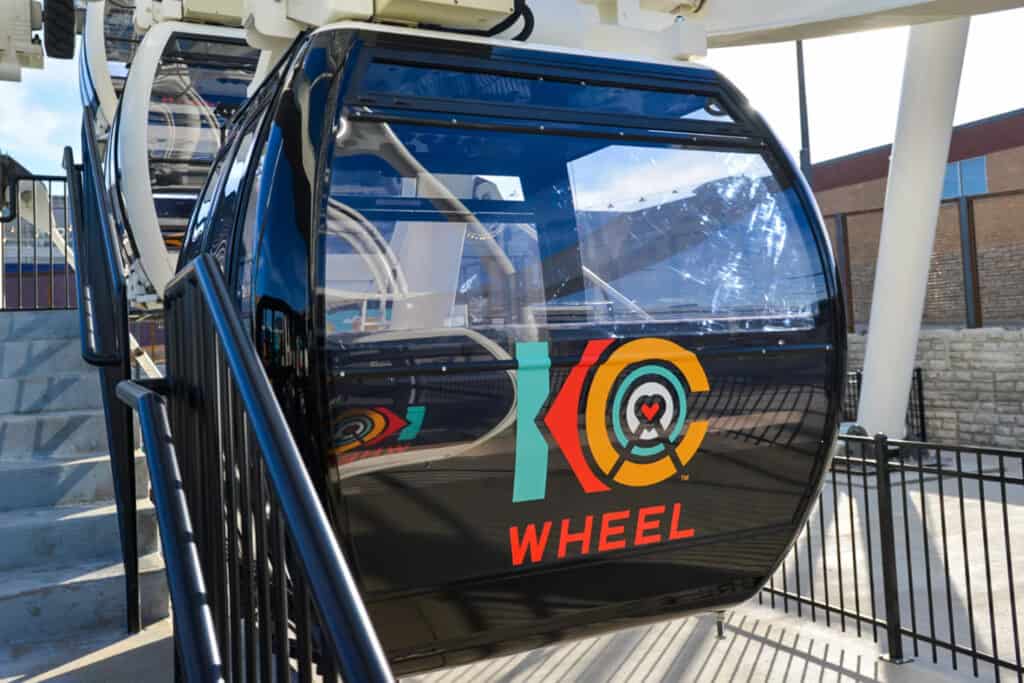
Crown Center is where Hallmark Cards originated, and it has since developed into a family-friendly space for activities, shopping, and dining.
Families can visit Legoland, Sealife Aquarium, Kaleidoscope, The Coterie Theater, and the seasonal Crown Center Ice Terrace.
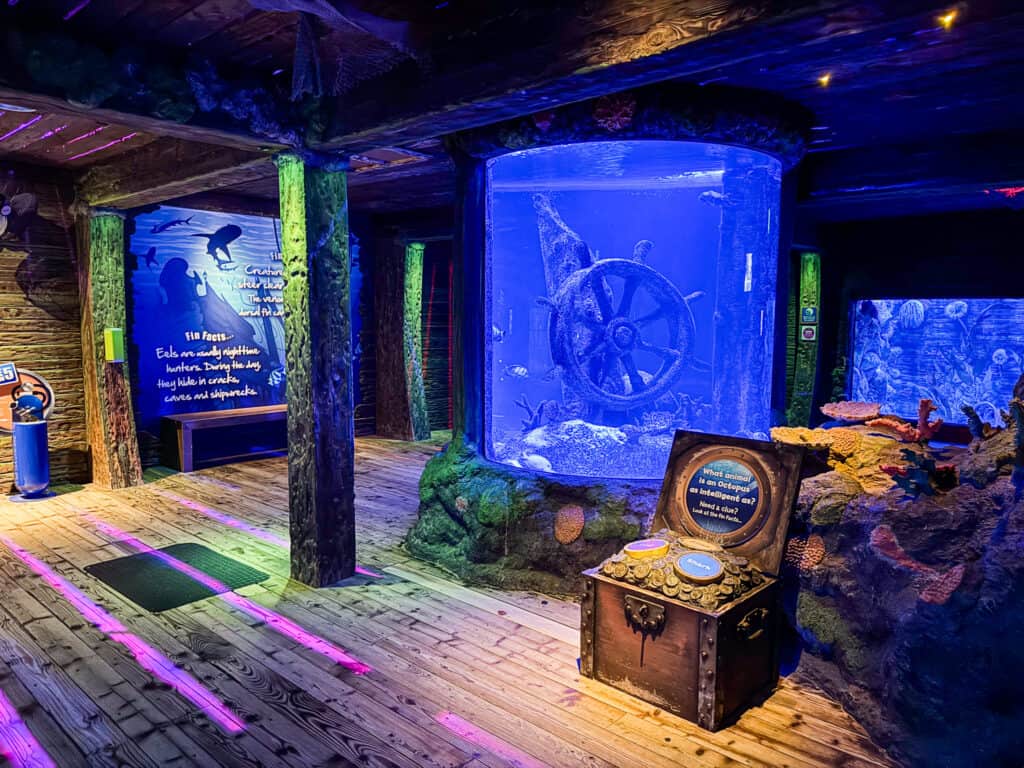
Fritzs is a kid-approved restaurant where a train brings your food to the table.
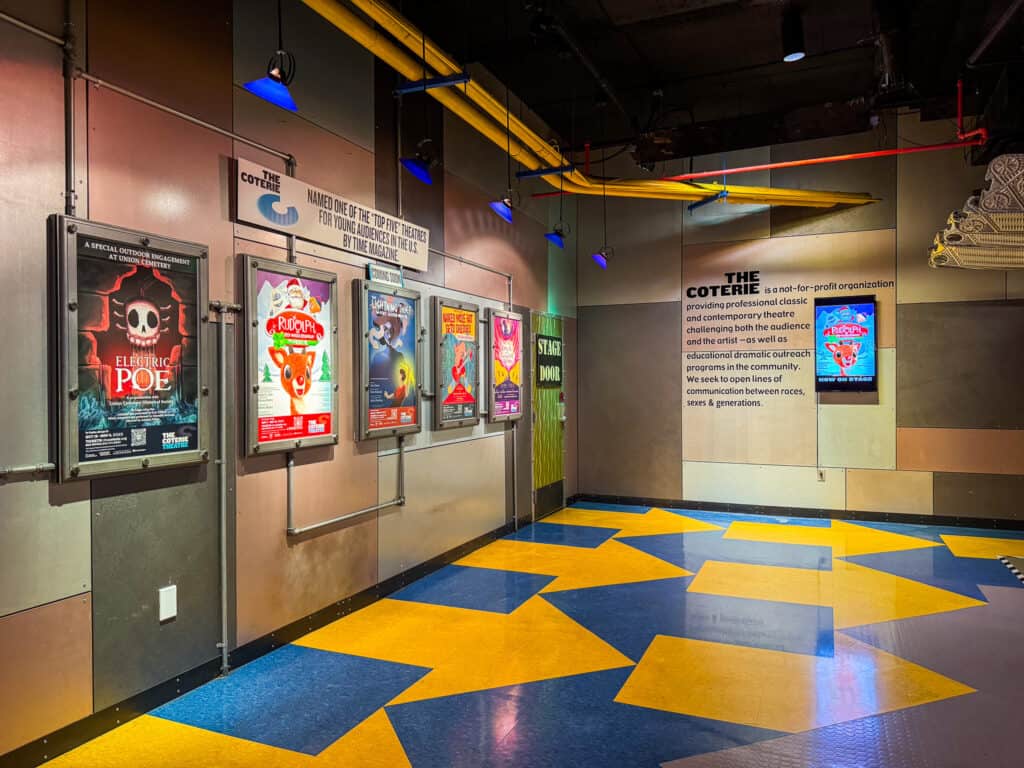
Union Station is more than a train station and historic architectural landmark. It features numerous exhibits (Science City, Planetarium, Model Train Gallery, among others), as well as shops and restaurants.
The National World War I Museum and Memorial was opened in 1926 as the Liberty Memorial. In 2004, it was designated by the United States Congress as the country’s official war memorial and museum dedicated to World War I.
It’s a truly exceptional museum, and one could easily spend several hours reading through all the educational materials and artifacts.
Technically, both. There is a Kansas City, Kansas and a Kansas City, Missouri – both with their own downtown business district. However, when people reference “Kansas City,” they are usually referring to Missouri.
It’s confusing, right? So, how did this happen?
Well, the Town of Kansas, which would become Kansas City, was established before Missouri was made a state. The term “Kansas” comes from the Native American tribe that first occupied the land.
So, when a trading post was first established along the river, they paid no attention to which state it resided in.
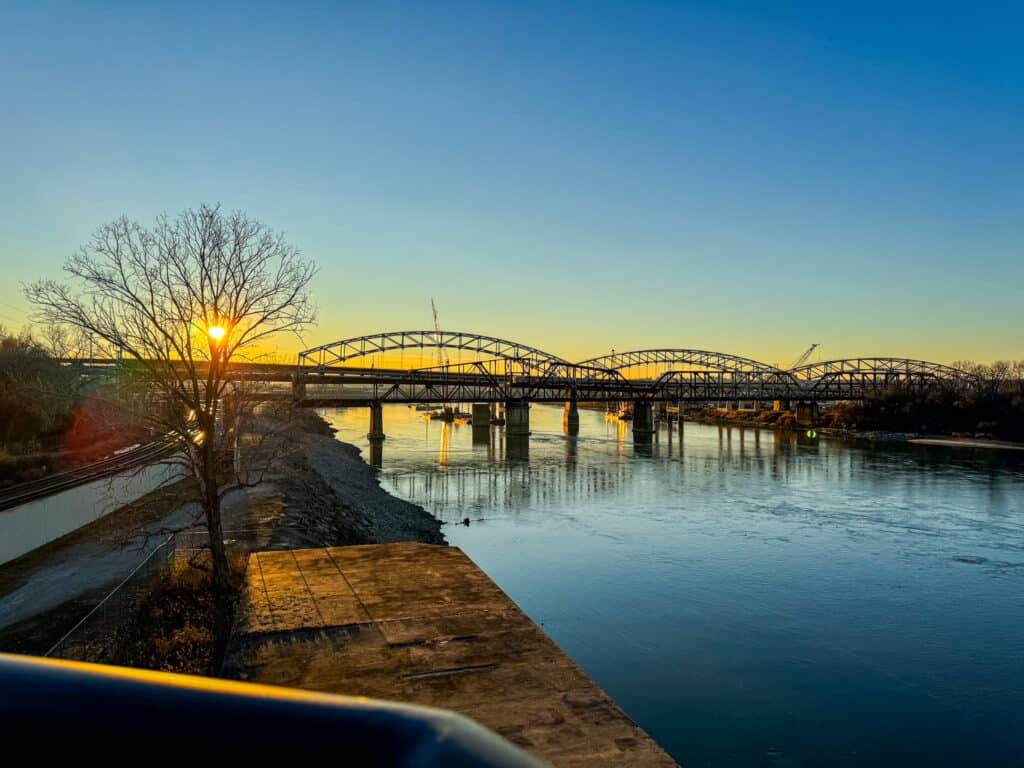
By the time there was a Kansas and a Missouri, the trading post had grown into a town with economic success, due to the growth of the railroad industry and Kansas City’s central location.
At that point, Kansas City was already established, and it was too late to do anything about the issue of one city being split between the two states.
Because of the geographic features of Kansas City, Missouri lending itself better to steamboat and railroad trade, that was where the majority of the urban growth took place.
Kansas City, Kansas historically had a smaller economic base and less investment in urban development.
So, when people refer to “Kansas City” they are typically referring to KCMO, which is home to the historic River Market, Crossroads Arts District, Union Station, Kauffman Center for the Performing Arts, West Bottoms, 18th and Vine Jazz District, and many other neighborhoods frequented by visitors.
Considering spending your evening in downtown Kansas City? You may be wondering if it is dangerous at nighttime.
It’s a fair concern – after all, many urban cities have an element of crime to them.
The most common type of crime in downtown Kansas City are stolen vehicles, property damage, and stealing from a vehicle.
So, as locals, we make sure that we don’t leave a vehicle downtown at night, and if we do, we don’t leave anything in it.
For a more expansive answer to this question with specific data, read our article, Is Kansas City Safe?
We hope you found this guide to downtown Kansas City, Missouri helpful!